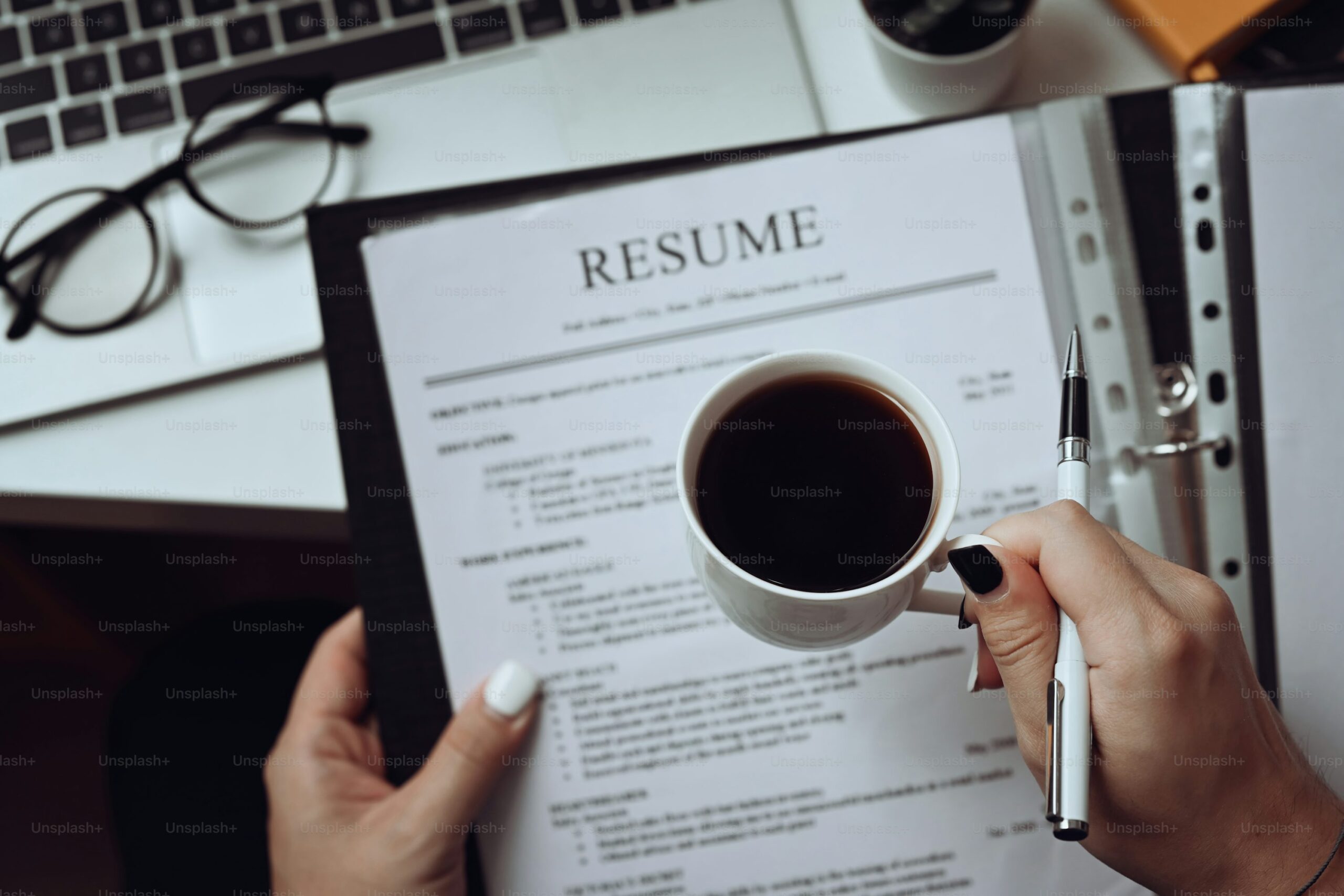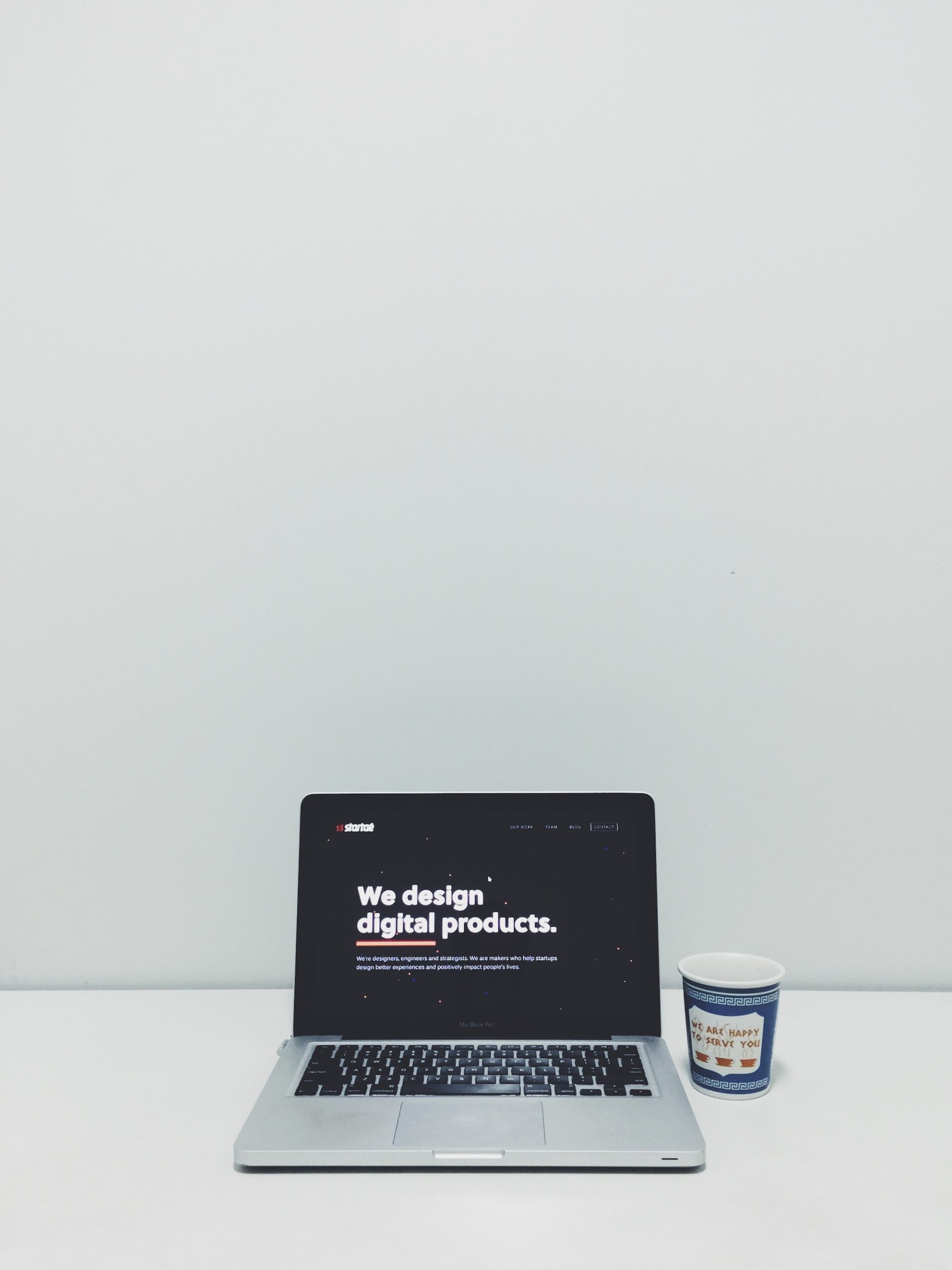I’m excited to share some ideas on how to prepare a resume for an internship that truly stands out. Landing an internship is a great way to build skills, network with professionals, and get a head start in your career.
Your resume is your first chance to show potential employers who you are and what you can bring to their team. I know that putting together a resume can seem overwhelming, but I’m here to help you break it down into manageable steps.
Why Your Internship Resume Matters
Internships can lead to full-time opportunities and open doors to career paths you may not have even considered.
Studies show that over 70% of interns receive job offers from their internship companies, according to Internship USA. This means a well-crafted resume can make a big difference in your career journey. The internship resume is your marketing tool.
It tells a story about your skills, experiences, and enthusiasm. Even if you have limited work experience, you likely have plenty of academic projects, volunteer work, or extracurricular activities that can be valuable to potential employers.
Getting Started on Your Resume
1. Gather Your Information
Before you start, make a list of your skills, experiences, and achievements. Think about the classes you’ve taken, projects you’ve worked on, clubs you’re involved in, or volunteer work you’ve done. Even if these experiences don’t seem related to the internship, they can show qualities like teamwork, leadership, or problem-solving.
Just Before You Go
Empower individuals to overcome barriers, gain essential skills, and secure gainful employment through our proven programs—KeelMaster, KeelWings, and KeelMate. Your support can spark change and build brighter futures.
Donate Now2. Choose a Simple Format
I recommend a clean, simple layout. Avoid too many fancy fonts or graphics that can distract from your message. A basic structure with clear headings for sections like “Education,” “Experience,” “Skills,” and “Projects” works best. Using bullet points to describe your roles and achievements can help make your resume easy to scan.
3. Tailor Your Resume for the Internship
Every internship is different. Take time to read the internship description and note the skills and qualifications the employer values. Then, adjust your resume to highlight the experiences that match these requirements.
For example, if the internship emphasizes teamwork and problem-solving, include experiences from group projects or club leadership roles that demonstrate these abilities.
How to Write Each Section
Header and Contact Information
At the top, include your name, phone number, email, and a link to your professional profile or portfolio if you have one. I like to use a clean design that ensures this information is easy to find. Make sure your email address sounds professional—ideally a variation of your first and last name.
Objective or Summary Statement
A short statement at the beginning of your resume can set the tone. For an internship, a simple sentence like “I am a dedicated college student with a passion for [industry/field] looking to gain hands-on experience in [specific area]” can work well. This statement shows your goals and enthusiasm for the role.
Education
List your school, your major, and your expected graduation date. If you have a strong GPA (typically above 3.5), you might include that too. I also recommend adding any academic honors or relevant coursework that aligns with the internship role.
Experience
Even if you haven’t had a formal job before, you can list part-time work, volunteer experiences, or even academic projects. For each experience, include the organization’s name, your role, and the dates.
Use bullet points to describe what you did and the skills you used. Be sure to include any quantifiable achievements if you have them—for example, “Collaborated with a team of five to develop a new marketing strategy that increased social media engagement by 20%.”
Skills
Include a mix of hard skills and soft skills. Hard skills might include computer software you know, foreign languages, or technical skills related to your field. Soft skills could be communication, time management, or teamwork. I suggest keeping this section concise and relevant to the internship you’re applying for.
Projects and Extracurricular Activities
This section is especially useful if you have limited work experience. Describe academic projects, club activities, or competitions where you played a key role. Explain the project, your contribution, and the outcome. For instance, “Led a group project on renewable energy solutions that won first place in a university competition.”
Additional Sections (Optional)
Sometimes, adding sections like “Certifications,” “Awards,” or “Volunteer Work” can strengthen your resume. If you have any certificates or awards that align with the internship, be sure to mention them.
Tips for a Great Internship Resume
- Keep It One Page:
For internships, a one-page resume is typically enough. I always try to keep the content concise and focused on what matters most. - Use Action Verbs:
Start your bullet points with verbs like “organized,” “developed,” “designed,” or “led” to create a strong, active impression. - Proofread:
A resume with errors can make you look careless. I recommend reading it out loud or asking someone you trust to review it. - Save in PDF Format:
When sending your resume, save it as a PDF to ensure that the formatting stays consistent across different devices. - Use Online Tools:
There are free resume builders like Canva or Novoresume that can help you design a professional resume. These tools are handy if you’re not sure where to start.
FAQs
Do I need a cover letter for an internship application?
While some internships do not require a cover letter, including one can give you a chance to expand on your experiences and express your enthusiasm. It’s a good idea to check the application instructions carefully.
How should I list experiences that aren’t paid jobs?
You can list academic projects, volunteer work, or extracurricular activities in your “Experience” or “Projects” section. Focus on what you learned and how it applies to the internship.
What if I have no work experience at all?
Many employers understand that interns might have little formal work experience. Highlight your skills, academic achievements, and any volunteer or project work that shows your abilities.
How can I make my resume stand out if many others are applying?
Personalize your resume for each internship by focusing on the skills and experiences most relevant to the role. Use clear language, include numbers where possible, and keep the design clean and professional.
Further Resources
If you want to explore more tips and see examples, here are some resources you might find useful:
- Indeed Career Guide on Internship Resumes
- The Muse’s Guide to Internship Resumes
- LinkedIn Learning Courses on Resume Writing
- Canva Resume Templates
These sites offer templates, examples, and additional advice that can help refine your resume even further.
Wrapping It Up
Creating a resume for an internship doesn’t have to be a stressful process. With a clear plan and a focus on what you have achieved, you can create a document that shows off your potential. Remember, the goal is to tell your story in a way that feels natural and genuine. I hope these tips help you feel more confident about your resume.
I’m curious: What is one unique experience or skill that you plan to highlight on your internship resume?
Just Before You Go
Empower individuals to overcome barriers, gain essential skills, and secure gainful employment through our proven programs—KeelMaster, KeelWings, and KeelMate. Your support can spark change and build brighter futures.
Donate Now



